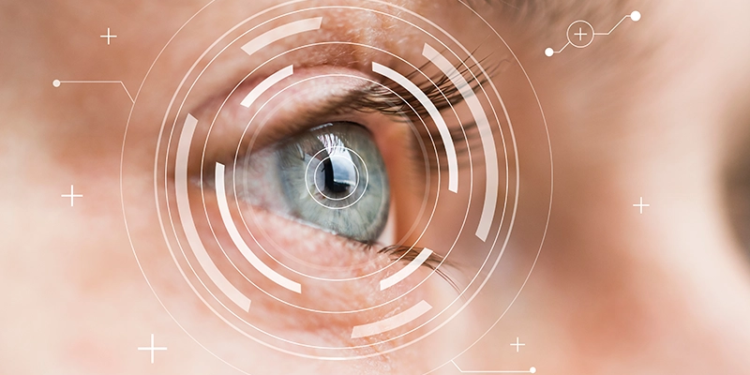A new study by researchers with the University of Rochester Medical Center (URMC) shows that very low levels of electrical stimulation delivered directly to an area of the brain responsible for motor function can instruct an appropriate response or action, essentially replacing the signals one would normally receive from the parts of the brain that processes what is heard, seen, and felt.
The findings, published December 7 in the journal Neuron, could have significant implications for the development of brain-computer interfaces and neuroprosthetics, which would allow a person to control a prosthetic device by tapping into the electrical activity of their brain.
The research is helping scientists determine how to harness the brain’s plasticity to rewire these lost connections, an advance that could accelerate the development of neuroprosthetics, according to the study’s authors, Marc Schieber, MD, PhD, and Kevin Mazurek, PhD, with URMC’s department of neurology and the Del Monte Institute for Neuroscience.
“The analogy is what happens when we approach a red light,” Schieber said. “The light itself does not cause us to step on the brake, rather our brain has been trained to process this visual cue and send signals to other parts of the brain that control movement. In this study, what we describe is akin to replacing the red light with an electrical stimulation which the brain has learned to associate with the need to take an action that stops the car.”
To be effective, these technologies must not only receive output from the brain but also deliver input (e.g., Can a mechanical arm tell the user if the object they are holding is hot or cold?) However, delivering this information to the part of the brain responsible for processing sensory inputs does not work if this part of the brain is injured or the connections between it and the motor cortex are lost. In these instances, some form of input needs to be generated that replaces the signals that combine sensory perception with motor control and the brain needs to learn what these new signals mean.
In the study, the researchers detailed a set of experiments in which monkeys were trained to perform a task when presented with a visual cue, either turning, pushing, or pulling specific objects when prompted by different lights. While this occurred, the animals simultaneously received a very mild electrical stimulus in different areas of the premotor cortex—the part of the brain that initiates movement—depending upon the task and light combination. The researchers then repeated the experiments, but this time omitted the visual cue of the lights and only delivered the microstimulation. The monkeys were able to identify and perform the tasks they had learned to associate with the different electrical inputs. According to the study, when the pairing of microstimulation with a particular action was reshuffled, the animals were able to adjust, indicating that the association between stimulation and a specific movement was learned and not fixed.
“In this study, we show you can expand the neural real estate that can be targeted for therapies. This could be important for people who have lost function in areas of their brain due to stroke, injury, or other diseases. We can potentially bypass the damaged part of the brain where connections have been lost and deliver information to an intact part of the brain,” Mazurek said.
Editor’s note: This story was adapted from materials provided by the University of Rochester Medical Center.




